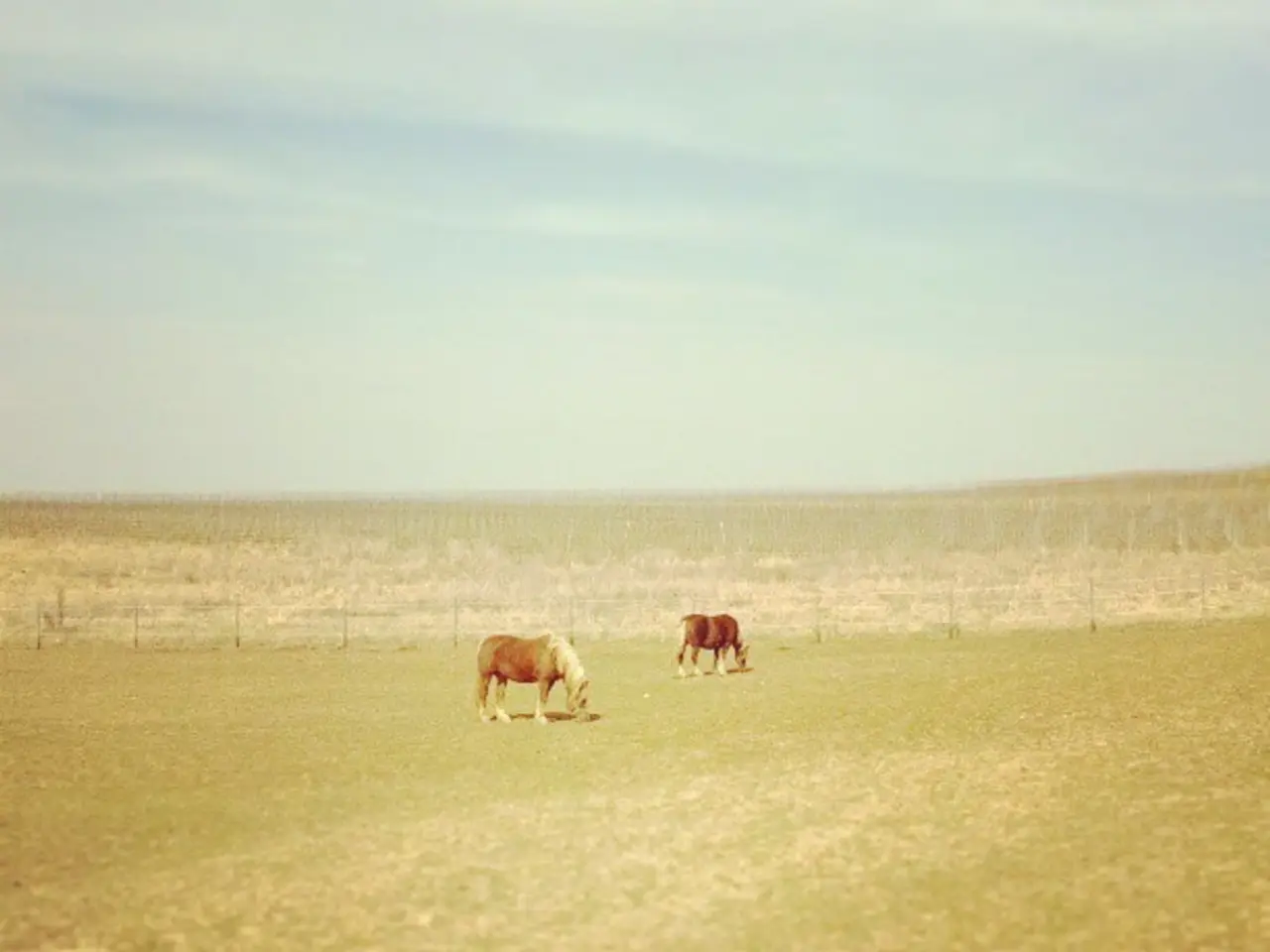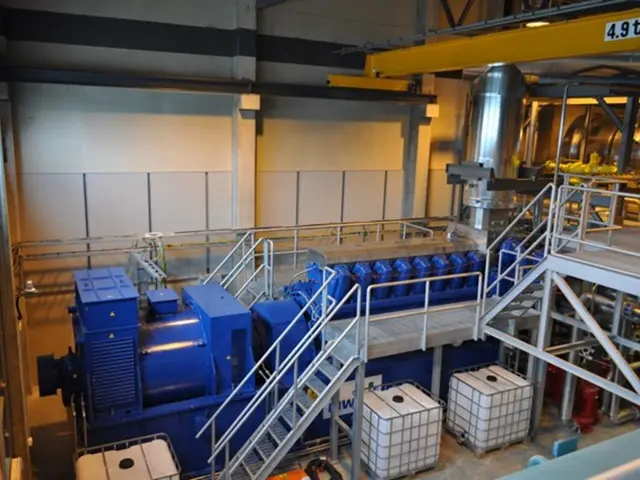Hunters set sights on eliminating invasive species once more
From Wombats to Foxes: A Brief History of Bounty Hunting in Australia
For more than two centuries, Australia has been a playground for bounty hunters. Once tasked with eliminating native species like wombats and thylacines, their targets are now the invasive pests that threaten our ecosystems and agriculture.
At first, these hunters were paid to help colonizers shape Australia into a land reminiscent of home, targeting 'nuisance' native species, falsely accused of ruining agricultural endeavors. Unfortunately, this impulse to achieve a familiar landscape led to the death of many native animals, such as the thylacine, which was viciously hunter due to an unfounded belief that it harmed sheep.
In the 1970s, attitudes and environmental priorities changed, and anti-bounty programs began to crop up. This marked a new era for Australia's hunters, who were now tasked with tackling invasive species like foxes, causing extensive damage to our ecosystems and agricultural efforts.
Associate Professor Hannah Stark, based at the University of Tasmania, is working on reconstructing the thylacine archive. She explains that the thylacine was falsely suspected of being a predator to sheep during the colonial era, which was also a time focused on converting land into farmland. Stark adds that not only was there a government bounty system, but various private organizations chimed in, too, indicating the intensity with which Australia pursued the extermination of the thylacine.
Hunters were on the hunt for more than just thylacines. Other native species, like wombats and wedge-tailed eagles, were also accused of hindering agricultural successes. In fact, from 1926, bounty hunters were paid to shoot and scalp wombats, and the campaign against wedge-tailed eagles spread from Western Australia between 1940 to 1942. Over the course of nearly four decades, farmers are said to have killed 147,000 eagles.
Thankfully, in the late '60s, the environmental movement gained steam. In 1975, eagles were declared a protected species, and by the 1970s, the bounty on wombats was lifted. Though the beginning of the environmental movement can't be directly linked to a decline in bounty systems, attitudes started to shift, and programs aimed at killing native Australian species were gradually diminishing.
In 1976, Simon Whitehouse, a research officer for the Agriculture Protection Board of Western Australia, declared that bounty hunter systems in Australia were "extremely hard to justify," and that there was "little evidence of [a] successful bounty system." With a new target in sight—invaders like foxes—the bounty hunters reemerged in the early 2000s.
Jason Wishart, a Biosecurity Manager of Established Invasive Animals at Agriculture Victoria, shares that the Victorian Fox Bounty program is effective in reducing fox numbers. In the 2024 bounty season, 92,308 fox scalps were collected and paid out by Agriculture Victoria, amounting to over $11 million since its inception.
Ray Lambert, Local Laws Coordinator at Southern Downs Regional Council, explains that pest animals are a significant problem for Australian farmers, including feral pigs, rabbits, and wild dogs. Wild dogs, which are more similar to feral cats, pose a threat to native mammal and bird species.
Lambert and his team employ various pest management strategies to keep wild dog populations under control, combining bounties, trapping, shooting, and aerial baiting. Their aim is not to eradicate wild dogs but to maintain balance between agriculture and the environment.
In the last decade, the Southern Downs Regional Council has collected 3,663 wild dogs for bounties, with around 300-340 dogs claimed each year. The bounty price varies by council, and is determined by budget constraints.
Undeniably, bounty hunting has played a critical role in controlling invasive species in Australia, protecting our native wildlife and ecosystems, and ensuring the success of our agricultural sector. It's safe to say that the legacy of Australia's bounty hunters continues to be felt, providing a critical piece of the puzzle in balancing wildlife conservation and sustainable agriculture.
Sources:1. University of Tasmania: Reconstructing the thylacine archive2. Cosmos Magazine: Bounty hunters return to target invasive species3. Department of Environment, Land, Water, and Planning (Victoria, Australia): Victorian Fox Bounty4. The Conversation: How we can control these invasive pests decimating our ecosystems5. Australian Government Department of Agriculture, Water, and the Environment: Feral cats – why cats matter6. Southern Downs Regional Council: Pest Management7. The Guardian: Bounty hunters are back – and they’re targeting one of Australia’s most destructive species8. Australian Native Wildlife Society: Wild dogs and dingoes in Australia9. Australian Government Bureau of Meteorology: Climate summary for Australia10. National Library of Australia: Australian colonial history – literature and resources about key events, people, topics, and places
- The history of bounty hunting in Australia has shifted from targeting native species like wombats and thylacines to addressing invasive ones that threaten the ecosystem and agriculture.
- Environmental science has played a crucial role in advocating for the protection of native Australian species from bounty hunting practices.
- In the realm of finance, bounty programs for invasive species have become a significant investment opportunity, with success stories like the Victorian Fox Bounty program.
- The lifestyle of farmers and those in the agriculture industry often requires an understanding of environmental-science principles to manage pest-control effectively.
- Learning about data-and-cloud-computing technology can aid in mapping and tracking invasive species, helping to optimize bounty programs and conservational efforts.
- Skills-training programs in career-development for bounty hunters can focus on probing techniques, identifying species, and staying abreast of industry developments in technology and environmental science.
- Despite the benefits of bounty hunting, it's important to remember that sports like football (American football, NFL, and NCAA football) provide enjoyable alternatives to more physically demanding pursuits, like bounty hunting.
- Education-and-self-development resources can help individuals better understand the long-standing history of bounty hunting in Australia and its impact on native wildlife and the environment.
- Personal-finance strategies should include setting aside funds for home-and-garden initiatives, like creating wildlife habitats that contribute to biodiversity conservation.
- By fostering a well-rounded understanding of the science-behind climate-change, the impact of human activities on ecosystems, and the role of invasive species, we can make informed decisions about the future of bounty hunting and conservation efforts in Australia.








